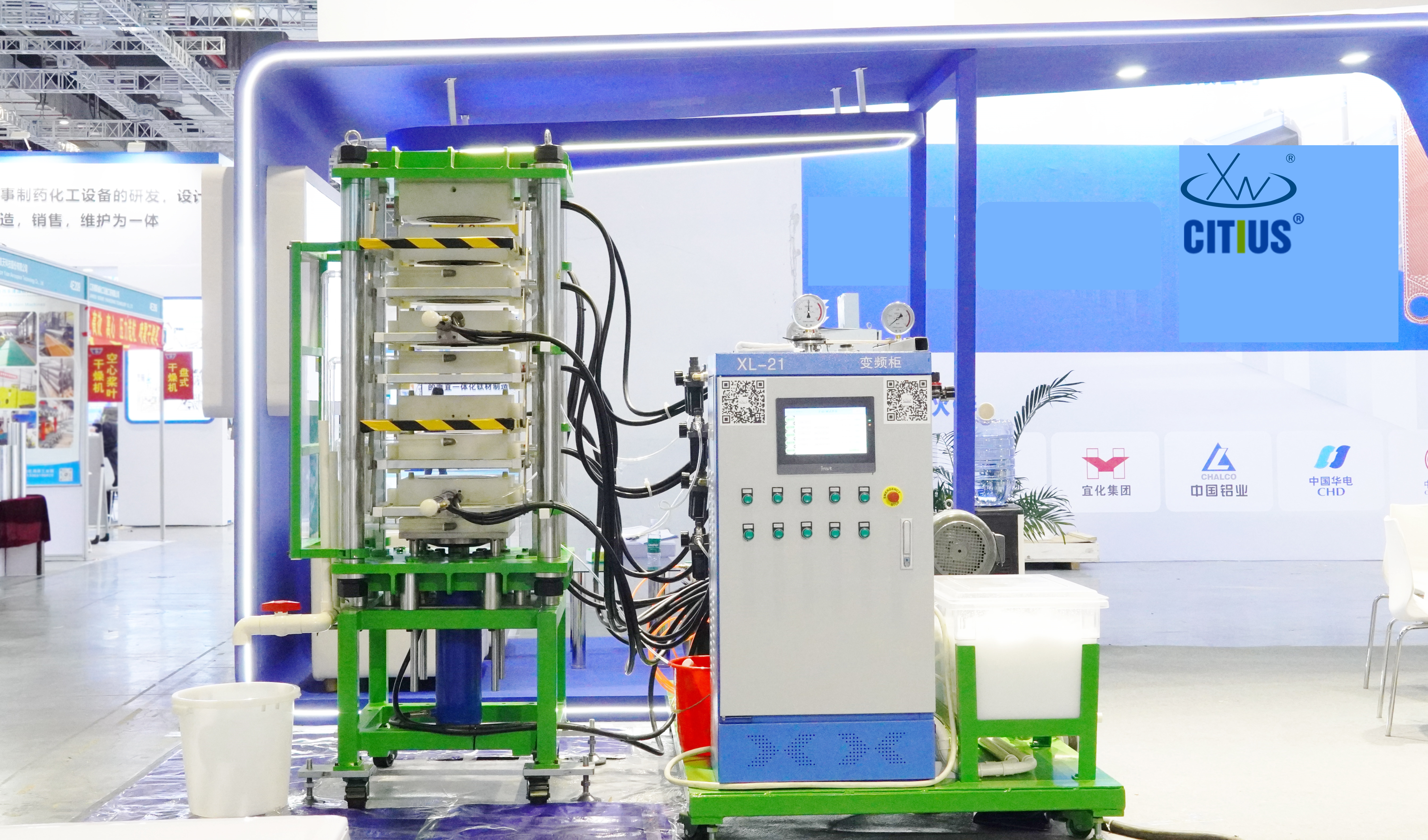Unlocking the Secrets of the LFP Battery Filtration Machine
Release time:
2025-07-22
Introduction to LFP Battery Filtration Machines
Ever heard of the LFP Battery Filtration Machine? If you’re in the business of battery recycling or manufacturing, you’ve likely come across this term. But what does it really mean? Buckle up, because we’re diving deep into the workings of this fascinating technology!
Understanding LFP Batteries
First things first, let’s get a grip on what LFP batteries are. LFP stands for Lithium Iron Phosphate, a type of lithium-ion battery that’s become quite the darling of the electric vehicle world. Known for their thermal stability, safety, and long cycle life, LFP batteries have been gaining traction, especially in renewable energy applications.
The Need for Filtration
With increased production and usage comes the inevitable wear and tear. Over time, these batteries can accumulate impurities that hinder performance. Enter the hero of our story: the LFP Battery Filtration Machine. This nifty device is designed to filter out unwanted particles, ensuring that your battery operates at peak efficiency.
How Does It Work?
Alright, let’s break it down. At its core, the LFP Battery Filtration Machine uses a series of processes to clean up the battery's electrolytic solution. Here’s how that works:
1. Filtration Process
The filtration process typically involves several stages. Initially, the battery solution is pumped into the machine, where it passes through filters designed to catch any impurities. Think of it as a coffee filter, but for your battery!
2. Separation and Collection
Once the unwanted particles are trapped, the clean solution is separated and collected, allowing for reuse. This not only saves costs but also reduces waste. It’s a win-win situation!
3. Regular Maintenance
Like any machine, the LFP Battery Filtration Machine requires regular maintenance. This ensures that it operates smoothly and efficiently. Neglecting this can lead to a drop in performance, and who wants that?
The Benefits of Using LFP Battery Filtration Machines
So, why bother with filtration? The benefits are quite compelling:
- Enhanced Performance: A clean battery runs better, longer, and more efficiently.
- Cost-Effectiveness: Reducing waste means saving money in the long run.
- Environmental Impact: Recycling materials and minimizing waste contributes to a greener planet.
Real-World Applications
Now, let’s get practical! The applications of the LFP Battery Filtration Machine are vast. From electric vehicle manufacturers to renewable energy storage systems, this technology is making waves all over the globe. It’s pivotal in promoting sustainable practices within the industry, and companies that adopt this technology are often seen as forward-thinking.
Conclusion: The Future is Bright
As we look ahead, the role of the LFP Battery Filtration Machine is bound to expand. With more emphasis on sustainability and efficiency, this machine isn’t just a nice-to-have; it’s becoming essential. So, whether you’re a manufacturer, recycler, or just a curious bystander, understanding this technology is key to grasping the future of battery innovation.
In a nutshell, the LFP Battery Filtration Machine is more than just a piece of machinery; it’s a vital cog in the wheel of the green revolution. So next time you hear about it, you’ll know exactly what’s going on behind the scenes!

